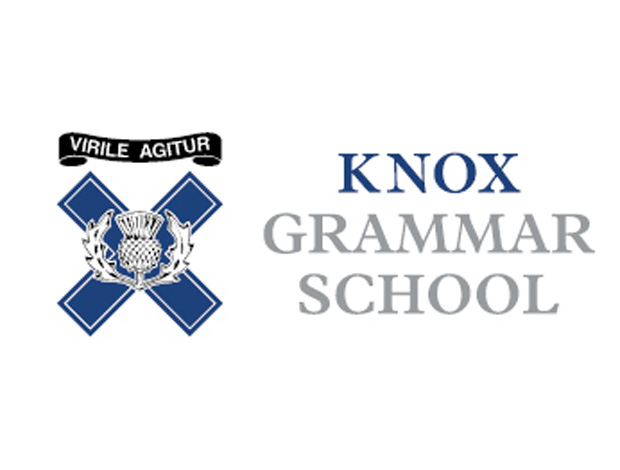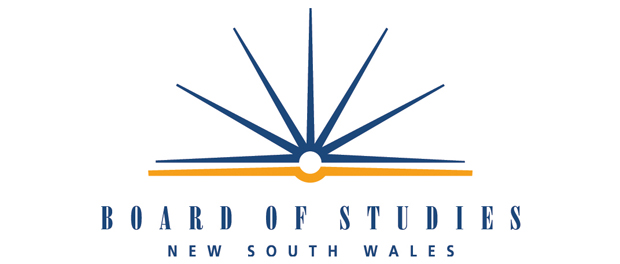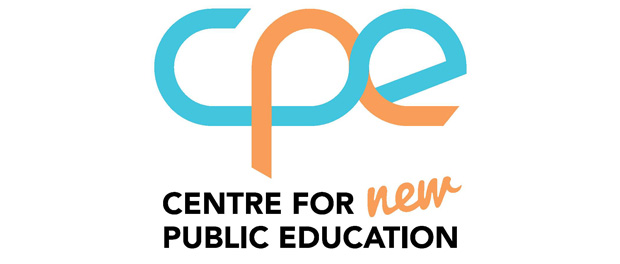Dr Hamston explained that the change of Government in Australia last year has had a number of impacts on education across the country. With the federal government providing funds to each region, there is more local autonomy in terms of implementing curriculum content and aims. In Victoria, for example, the existing Victorian Education Learning Standards (VELS) have been aligned with the National curriculum to become AusVELS. Within this new curriculum structure, there is flexibility for teachers and schools to select the content which they consider most beneficial and relevant for themselves and their learners.
Dr Hamston has a wealth of experience in multicultural education and our conversations about critical literacy started with a discussion of the teaching of multicultural literature to raise the critical awareness of students. Having been involved in teacher education, Dr Hamston was confident that most teachers in Australia are confident with the teaching of literature from other cultures (for example, ‘Boy overboard’ by Morris Gleitzman is commonly read and studied in schools). She acknowledged that this can be a helpful and valuable route into critical literacy education as it compels students to ‘see as another’ and consider the concomitant implications for the existing frameworks of their own lives. Intercultural understanding is linked to critical literacy as it cultivates students’ ability to make ethical decisions. It is the extent to which teachers then feel confident to use these texts as launching pads for the development of critical skills, which varies enormously. For example, in designing a lesson where students are encouraged to critique, analysis and perspective-take, teachers with less confidence in multiculturalism and critical literacy may opt for a personal account of Chinese New Year celebrations and more confident teachers may identify a range of literature with refugee immigration as its focus.
As with any skill which is developed across the curriculum, there is a sliding scale of teacher engagement. There was some reluctance in the 1990s for policy makers to make critical literacy explicit in Australian educational initiatives as it could be interpreted as a subversive skill rather than an empowering one. A pragmatic decision was taken to focus on philosophical and social theory since these elements could influence classroom practice in more focussed ways. The result was greater attention for critical thinking (problem solving, analysis, perspective-taking) but this stopped short of the political literacy and agency associated with critical literacy. In practice, this manifested itself in the classroom as the analysis of newspaper articles about crime in the local area, without any consideration of ‘ethical imagination’.
Although VELS is a ‘thinking curriculum’, individual school leaders and teachers choose the extent to which this aspect of the curriculum is prioritised. Dr Hamston has been working hard to build critical capacity in school staff by illustrating good practice. She records teachers (nominated by state governments) who cultivate critical skills in their learners in innovative and interesting ways. In addition to the lesson footage, she also interviews these individuals to determine why they consider these skills important for their students. Often, these vignettes are very powerful shapers of change. Opening up professional learning using film as a medium (and the internet as a platform and gateway) is one approach we could usefully consider in the UK to raise the profile of critical literacy education and its benefits for learners, teachers and leaders.




